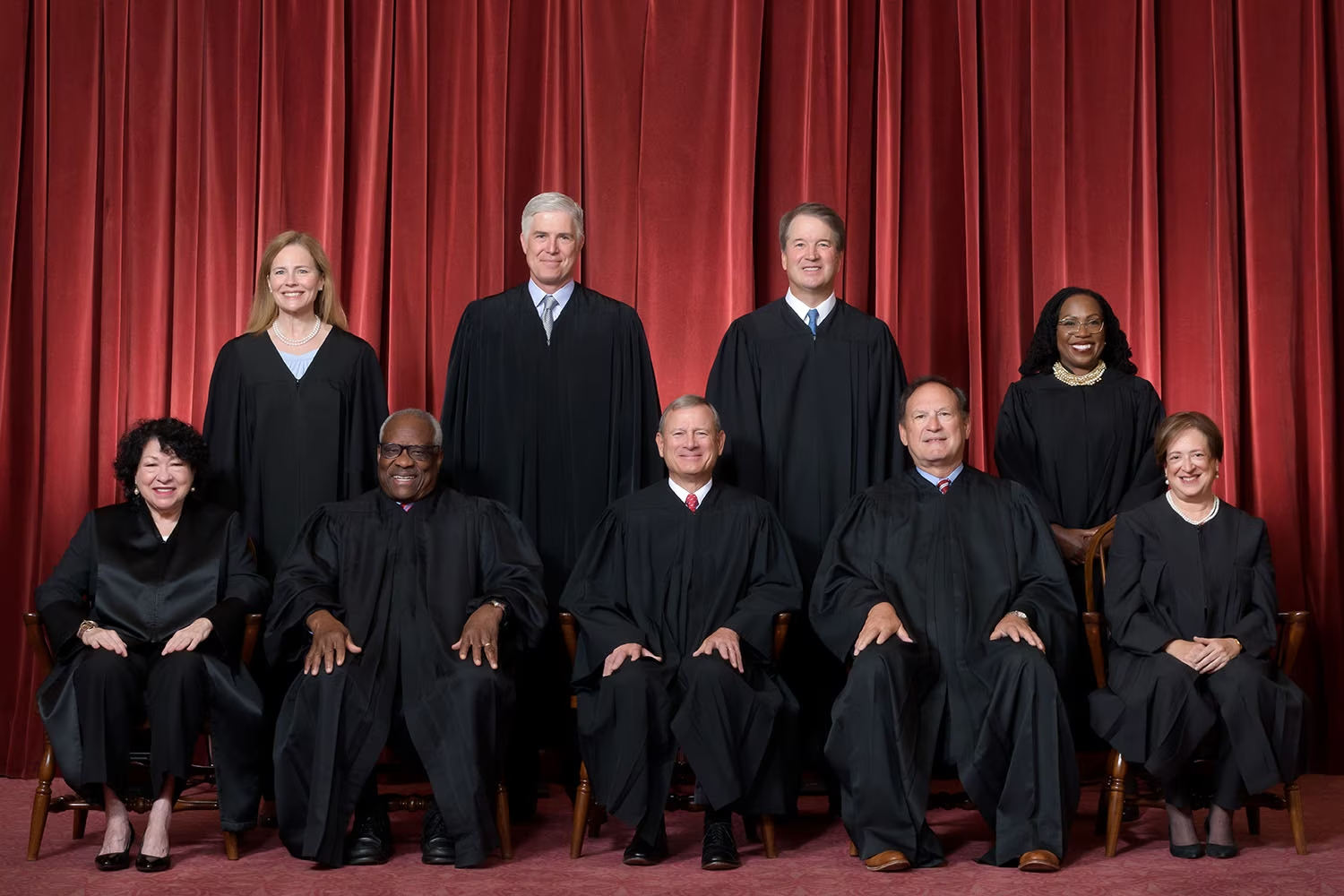A recent Supreme Court decision that substantially narrowed the Environmental Protection Agency’s authority to regulate millions of acres of wetlands is expected to open more land for development.
More than half of the nation’s wetlands could lose protection under the Clean Water Act, according to environmentalists and legal analysts. This concerns water quality advocates who fear the ruling will lead to degraded water supplies.
From a developer’s perspective, projects will have fewer regulatory hurdles to overcome, making them faster to move from conception to construction. This could make new housing developments more financially viable during a time of acute housing shortages in many areas of the U.S., they point out.
The case, Sackett v. Environmental Protection Agency, involved an Idaho couple who tried to build a house on property they’d purchased. The couple filled a soggy part of the property with sand and gravel to prepare for construction. The EPA ordered them to halt construction and return the property to its original state. The couple then sued the agency.
Related Stories
Codes and Standards | Mar 15, 2017
Energy Star program at risk
The standard-setting initiative for energy-efficient products may be a victim of Trump budget cuts.
Codes and Standards | Mar 14, 2017
Timber Innovation Act to promote tall wood buildings introduced in Congress
The measure has bipartisan support.
Codes and Standards | Mar 13, 2017
U.S. House and Senate have voted to repeal Dept. of Labor’s 'blacklisting' rule
The rule mandates labor compliance review for federal construction contractors.
Codes and Standards | Mar 9, 2017
WiredScore forms Connectivity Advisory Committee
The committee's creation is an important step forward for the group that evaluates internet connectivity in buildings.
Codes and Standards | Mar 8, 2017
New guide examines multifamily high-performance ventilation
The focus is on cost and performance of various systems.
Codes and Standards | Mar 7, 2017
Canada’s national building codes will encompass effects of climate change
Forecasted data, not historical data, will be used as the basis for the codes.
Codes and Standards | Mar 6, 2017
ConsensusDocs updates standard short contract editions
The updates address industry changes impacting insurance, legal, technology, and terminology.
Codes and Standards | Mar 3, 2017
ASCE updates standard for structures using tensile membrane
The new sstandard combines guidelines for conventional tensile membrane structures with frame-covered membrane structures.
Codes and Standards | Mar 1, 2017
EPA's 2017 Construction General Permit now in effect
The regulation governs compliance with effluent limits.
Codes and Standards | Feb 28, 2017
Concern grows for high tide flood vulnerability in Mid-Atlantic states
Washington, D.C., and Annapolis, Md., could flood every three days by 2045.

















